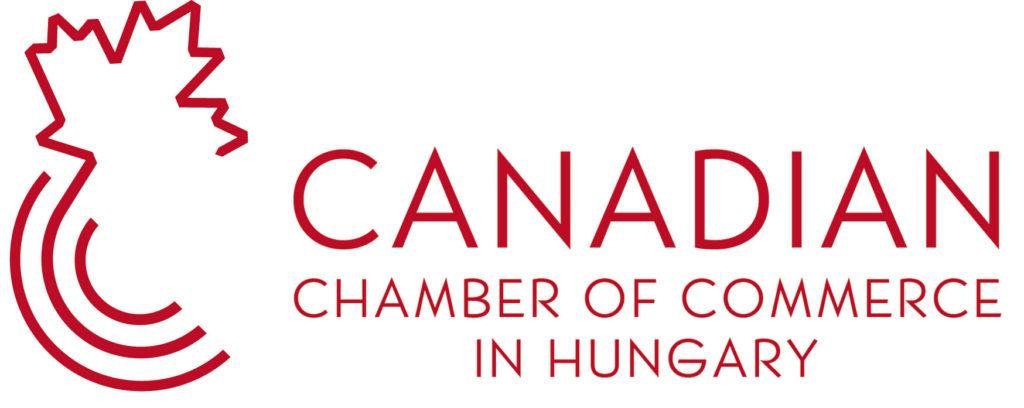Analysts anticipate continued monetary easing as growth slows and inflation moderates.
Desjardins Group projects that the Bank of Canada may implement up to three additional interest rate cuts in 2024, following its third consecutive 25 basis point reduction in September, which brought the policy rate down to 4.25%. This outlook aligns with broader market expectations, as the central bank responds to weaker-than-anticipated economic growth and moderating inflation.
Economic Indicators Prompt Easing Cycle
The BoC initiated its rate-cutting cycle in June 2024, after maintaining a 5% benchmark rate for a year. The decision to lower rates reflects concerns over sluggish economic performance and a decline in inflation, which stood at 2.5% in July, approaching the bank’s 2% target. Second-quarter growth reached 2.1%, but momentum stalled in June, with projections suggesting third-quarter growth may fall short of the anticipated 2.8% annualized rate.
Divergent Views on Future Rate Adjustments
Royce Mendes, Head of Macro Strategy at Desjardins, suggests that the BoC may need to continue cutting interest rates at each decision date until mid-2025 to stimulate the housing market and broader economy. He notes that the risk of a 50 basis point cut in October has increased due to faltering growth.
Other economists express varying perspectives. Doug Porter of BMO Capital Markets anticipates a series of rate cuts, citing mixed economic signals. Stephen Brown from Capital Economics believes further cuts are likely but views a larger 50 basis point reduction as less probable without stronger evidence. Andrew DiCapua of the Canadian Chamber of Commerce emphasizes the need for supportive rate policies amid economic fragility. Andrew Kelvin from TD Securities interprets the BoC’s recent move as a cautious step toward continued easing.
Implications for International Stakeholders
The BoC’s shift toward monetary easing, ahead of other G7 central banks, may influence global financial conditions. For Hungarian businesses and investors with interests in Canada, the prospect of lower borrowing costs could present opportunities for investment and expansion. However, the underlying economic softness warrants careful consideration of market dynamics and potential risks.
Conclusion
Desjardins’ forecast of additional rate cuts by the Bank of Canada underscores the central bank’s responsive stance to evolving economic conditions. While further easing may support growth, stakeholders should remain attentive to the broader economic context and its implications for cross-border economic activities.
For the latest updates and insights on Canadian-Hungarian economic relations and merely Canadian economic news, follow the Canadian Chamber of Commerce in Hungary accross our platforms.
Written for the Canadian Chamber of Commerce in Hungary News Section as part of our ongoing coverage of developments affecting Canadian trade, economy and international partnerships, May 2025

